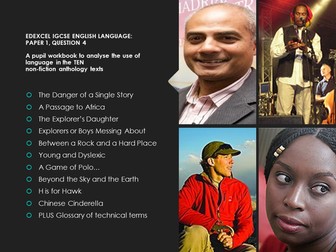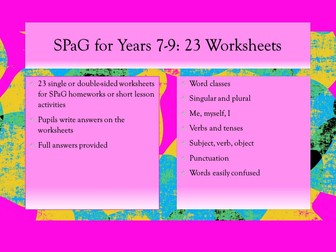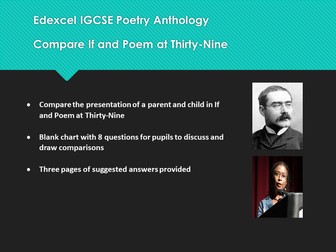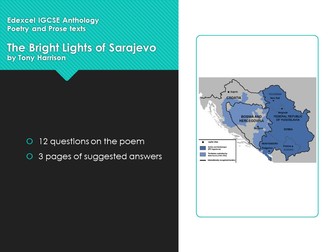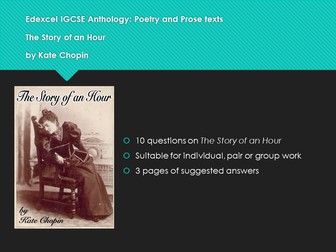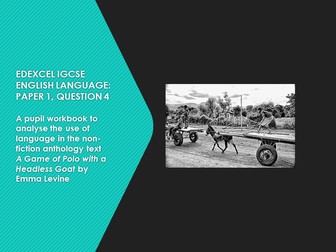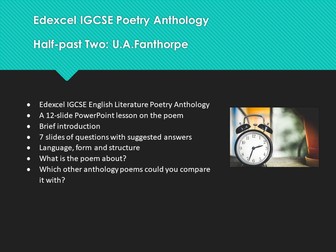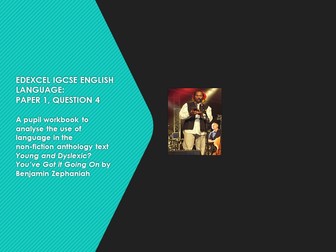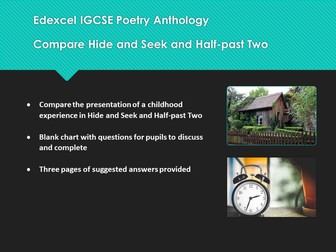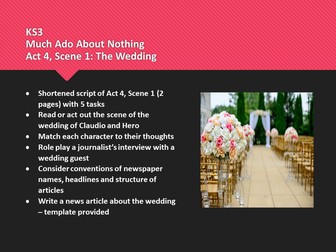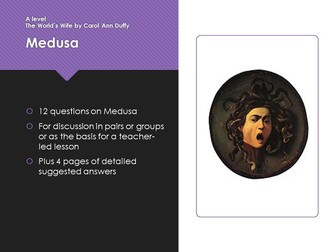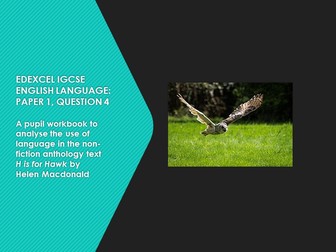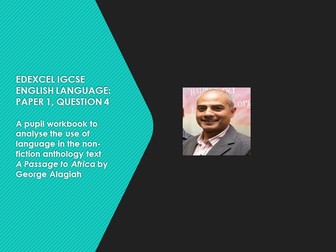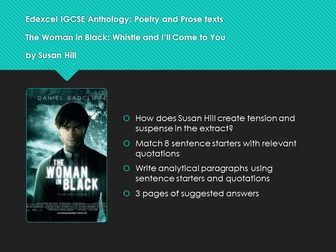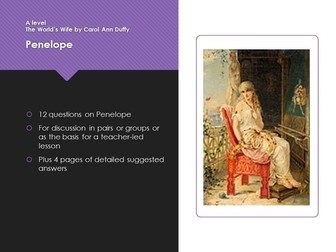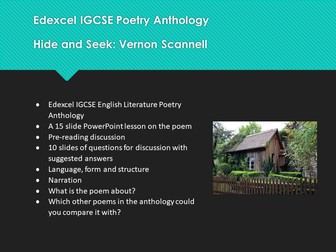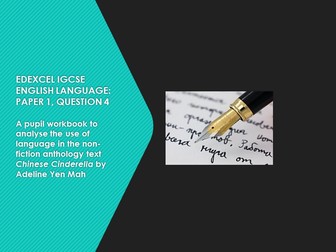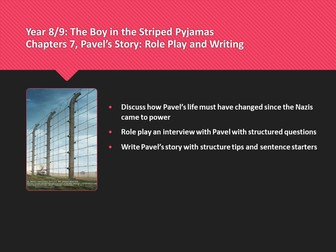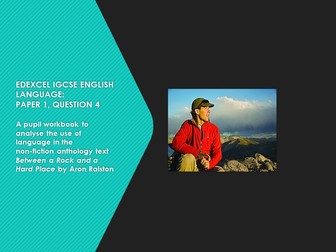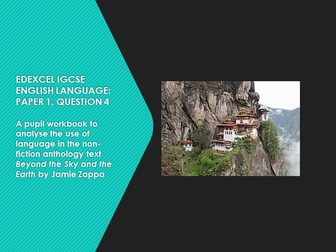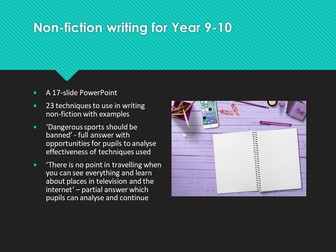
Edexcel IGCSE non-fiction anthology: Workbook on ten texts with answers
This 100 page Word document resource is aimed at pupils following Edexcel International GCSE English Language specification A. It focuses on preparation for question 4 of the Paper 1 examination on the ten non-fiction Anthology texts: The Danger of a Single Story; A Passage to Africa; The Explorer’s Daughter; Explorers or Boys Messing About; Between a Rock and a Hard Place; Young and Dyslexic; A Game of Polo with a Headless Goat; Beyond the Sky and the Earth: A Journey into Bhutan; H is for Hawk; Chinese Cinderella.
FOR A DETAILED PREVIEW, SEE THE FREE RESOURCE ‘THE DANGER OF A SINGLE STORY: WORKBOOK WITH ANSWERS’ WHICH IS THE FIRST CHAPTER OF THIS BOOKLET
The booklet can be used as a basis for teacher-led lessons, as a revision pack, or as self-study materials for pupils who have missed the teaching of the Anthology due to absence or starting courses late.
The study of each anthology text is divided into the following sections:
Background and context: Brief details about the writer and the topic of the extract
Summary of the text: Summary of the main issues covered in the extract
Get started: Pre-reading activity to lead pupils into the text
Read the text: Instruction to read the whole text in the Anthology before starting the activities
Key vocabulary: List of vocabulary to aid understanding of the text
Analyse the language and structure of the text: Questions and activities to encourage analysis
Consolidate your understanding: Activity to highlight key points about language or structure
Answer a practice examination question: An exam-style question 4 with ten sentence starters
Detailed suggested answers are given for sections 1-7 plus a simplified mark scheme for pupils to self-assess their Section 8 practice essays if working independently.
A glossary of ‘Language Features: Technical Terms’ is included at the end of the booklet and words in the booklet marked * are explained in this list with examples from the Anthology extracts.
The non-fiction extracts are NOT included in this booklet. Pupils should have their own copies of the EdExcel IGCSE English Anthology which is issued by the examination board.
